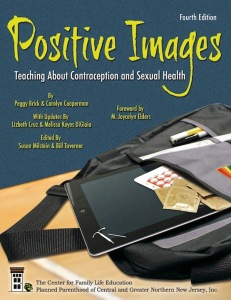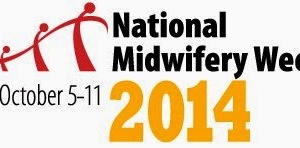 This week it’s going to be all Positive Images, all the time. I think the title of this manual is sometimes hard to decipher, so we’re going to kick the week off with the introduction to this manual so you can get a feel for exactly what it’s about.
This week it’s going to be all Positive Images, all the time. I think the title of this manual is sometimes hard to decipher, so we’re going to kick the week off with the introduction to this manual so you can get a feel for exactly what it’s about.
These pieces of front matter are so often left un-read by the people using the manual, and that’s upsetting to me. Okay, maybe it’s upsetting to me because I’m an author…and so I could be the very person who took the time and effort to actually write those words. But maybe because I also write introductions, I know that there is important, useful information tucked away in these little gems. It is the book’s calling card, telling you what it is all about. This introduction, for example, tells the reader what you should come to Positive Images looking for. Other introductions tell the readers how the book or manual will be organized, not only in terms of the chapters and content, but also conceptually and within the greater context of the field as a whole. (That information is also included in other sections of the front matter in Positive Images.)
So here, today, I’m taking my first stand in what will hopefully be a very effective campaign to increase readership of introductions and other front matter material!
INTRODUCTION
In 1986 Carolyn Cooperman and Peggy Brick wrote Positive Images, a manual promoting “a new approach to contraceptive education.” The lessons were designed to empower people to take control of their reproductive lives by providing learning experiences that encourage conscious decision-making and integrate contraceptive use into the ideology of love, relationships and sexuality. The authors’ deep understanding of young people and their insight regarding how adults can support young people in their growth toward sexual health are an important part of this new edition.
Positive Images has been successful. Thousands of copies are in use throughout the United States, in Australia, Canada, England, Ghana, New Zealand, and Zimbabwe; thousands of educators have revised the way they teach about contraception; numerous agencies, schools and colleges have utilized our skill-based strategies in developing their own curricula, and Carolyn’s innovative “Condom Lineup” has become a classic in HIV/AIDS prevention education. However, this positive approach to teaching about contraception remains atypical in a society that is reluctant to provide healthful alternatives to abstinence for young people.
This edition of Positive Images continues the tradition of creating positive images of contraception and of people who use it to have control of their lives and their futures. It includes abstinence from intercourse as a viable choice — for anyone at anytime — and integrates that choice in developing the attitudes, values and skills that are crucial for making responsible decisions regarding sexuality throughout life.
This edition continues to address the social attitudes about sexuality that result in teenage pregnancy and abortion rates in the United States that are double those in other developed nations. It is based on the conviction that positive attitudes about one’s own sexuality are fundamental to sexual health and essential to making self-enhancing decisions about one’s own behaviors. It also addresses issues that are of increasing importance for the sexual health of young people in today’s world. : the fact that many teen pregnancies are fathered by adult men; the prevention of sexually transmitted infections, including HIV, which must be integrated into decisions about contraception; and the alarming growth of the world’s population, which may impact on personal family planning decisions.
This manual is based on the conviction that young people have a right and a need to understand their sexuality. It provides opportunities for them to examine personal decisions within historical, social, and ethical contexts and promotes their development into sexually healthy adults.






